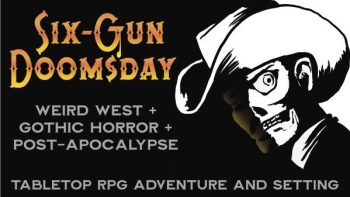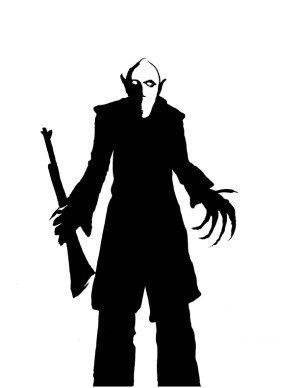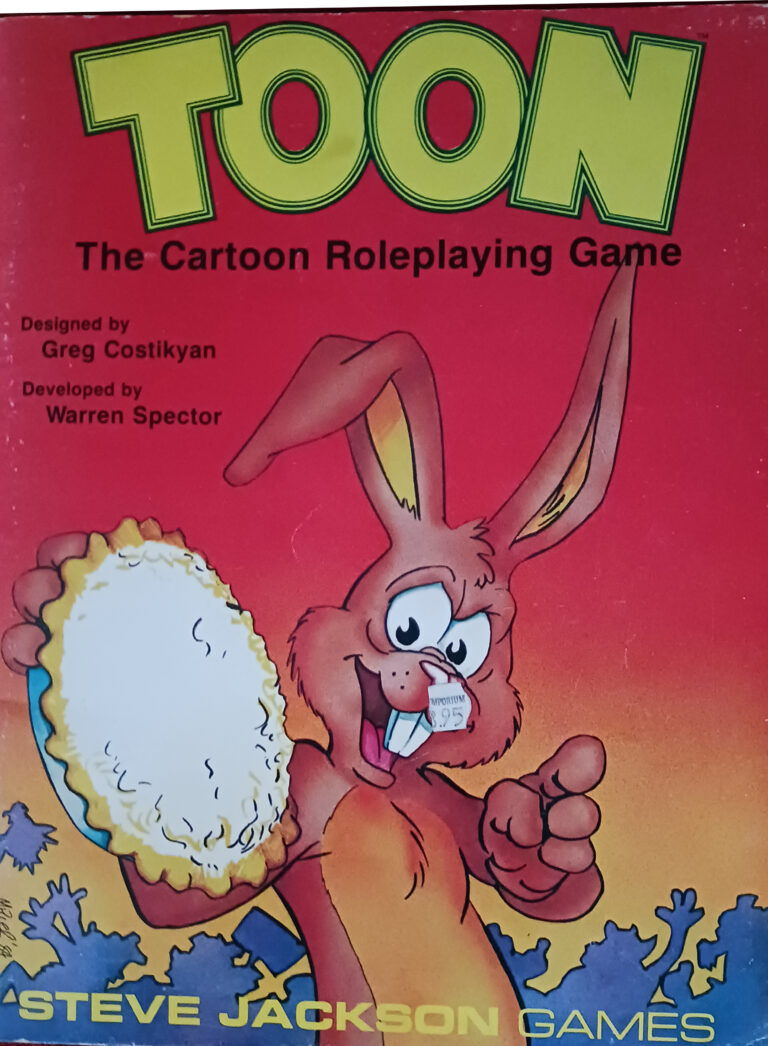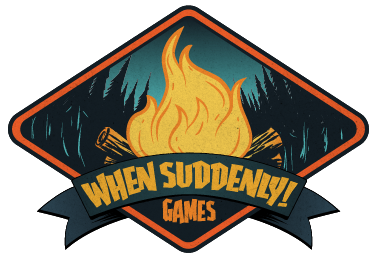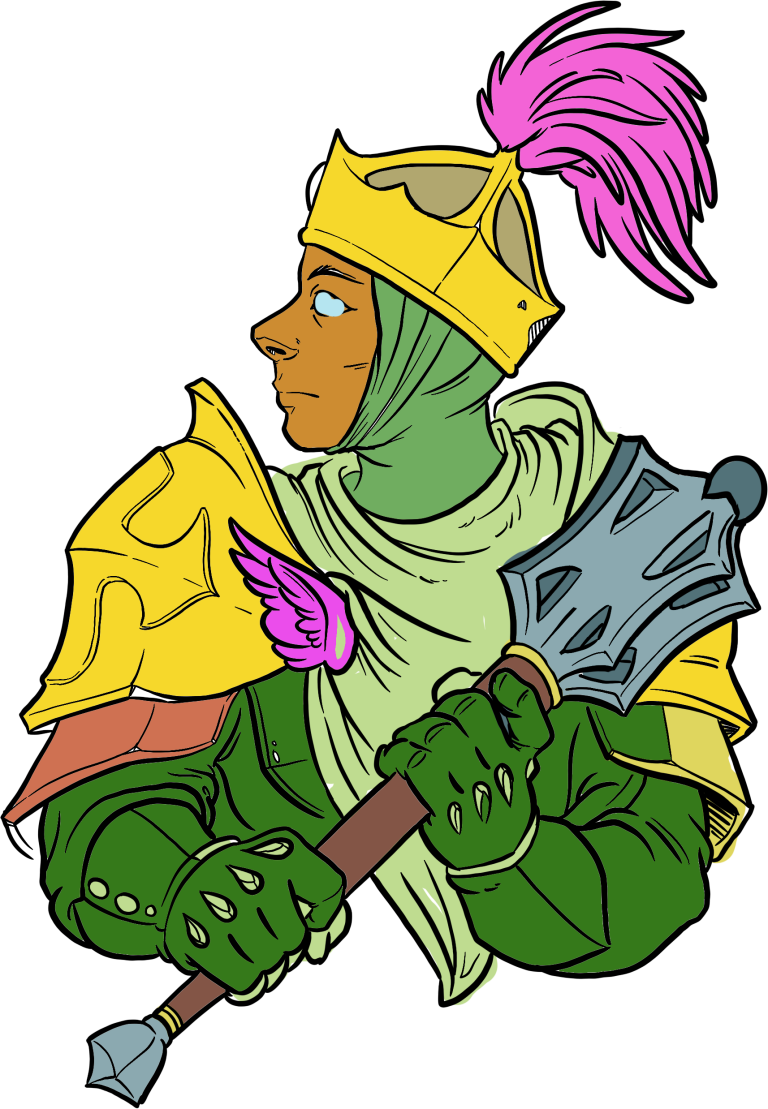By Jason Campbell
Recently I saw someone ask, “How can a GM make shopping scenes fun?” Of course the immediate reaction is, if it’s not fun, skip it. Or if it’s only fun for some of the players but not all, have an out of game discussion to come to a compromise. But if any scene is necessary for the story of the game, but it won’t be fun for the players – narrate through it.

Using Time Away From the Table
For shopping scenes it’s often best to sort it out between game sessions. Use a text message group or social media group to ask the players what their characters are looking for. You can then decide what they find and what the asking price is. Haggling is difficult to do via text, and if your table enjoys that, you may be better off playing out the shopping scene. If haggling isn’t enjoyable, decide, or use a die roll if it is better for your group, what the minimum price would be and measure against what the character would be willing to pay. Don’t be afraid to pay with time to optimize game play at the table. If you’re mid-way through your session when the characters want to shop, but you don’t want to slow down the narrative, tell the players that they shop, and you’ll resolve this between game sessions, then move on to the fun part of the story, and “flash back” to shopping after the session. The players will appreciate focusing on the fun at the expense of not following the story’s timeline strictly, unless what they’re shopping for is critical to their next task.
Narrating Through To the Good Stuff
When you’ve got the mechanics of something such as a shopping scene, narrate through what happened at the start of the next session. This will save time compared to playing out the scene minute by minute.
“You visit three shops before you find one that has the diamond you’re looking for. The gnome shopkeeper sells it to you for 300 gp. He takes a shine to the elf ranger and offers them an oddity, an arrow of ogre slaying, for 150 gp.”
Adding in Extra Fun
Narrating through a scene your group would find boring will save time and get you to the fun stuff sooner. As a GM you can use the narration to introduce plot threads which the characters can act on if they wish.
“Grace, your high perception means you notice a small shiny metal box in the alley next to the shop. Zartan determines it doesn’t radiate magic, Karkan detects no traps, so you investigate. Would you open it or take it with you?”
“The gnome shopkeeper looks at Sir Morgan quizzically, and asks them, ‘Are you related to Lord Meison? Ha Ha! We grew up together! How is the old sod?”
Conclusion
Some players might feel that narrating through scenes takes agency away from the players. It’s important to use this technique in places where you are sure the players would have more fun by getting through the scene quickly, and that you’re sure you know what the characters would do. This will work better with players you know, and can be challenging when running games for new players. It’s valuable to explain to the players out of game that you’re trying to help them have fun creating a story, and listen to their thoughts on this.


